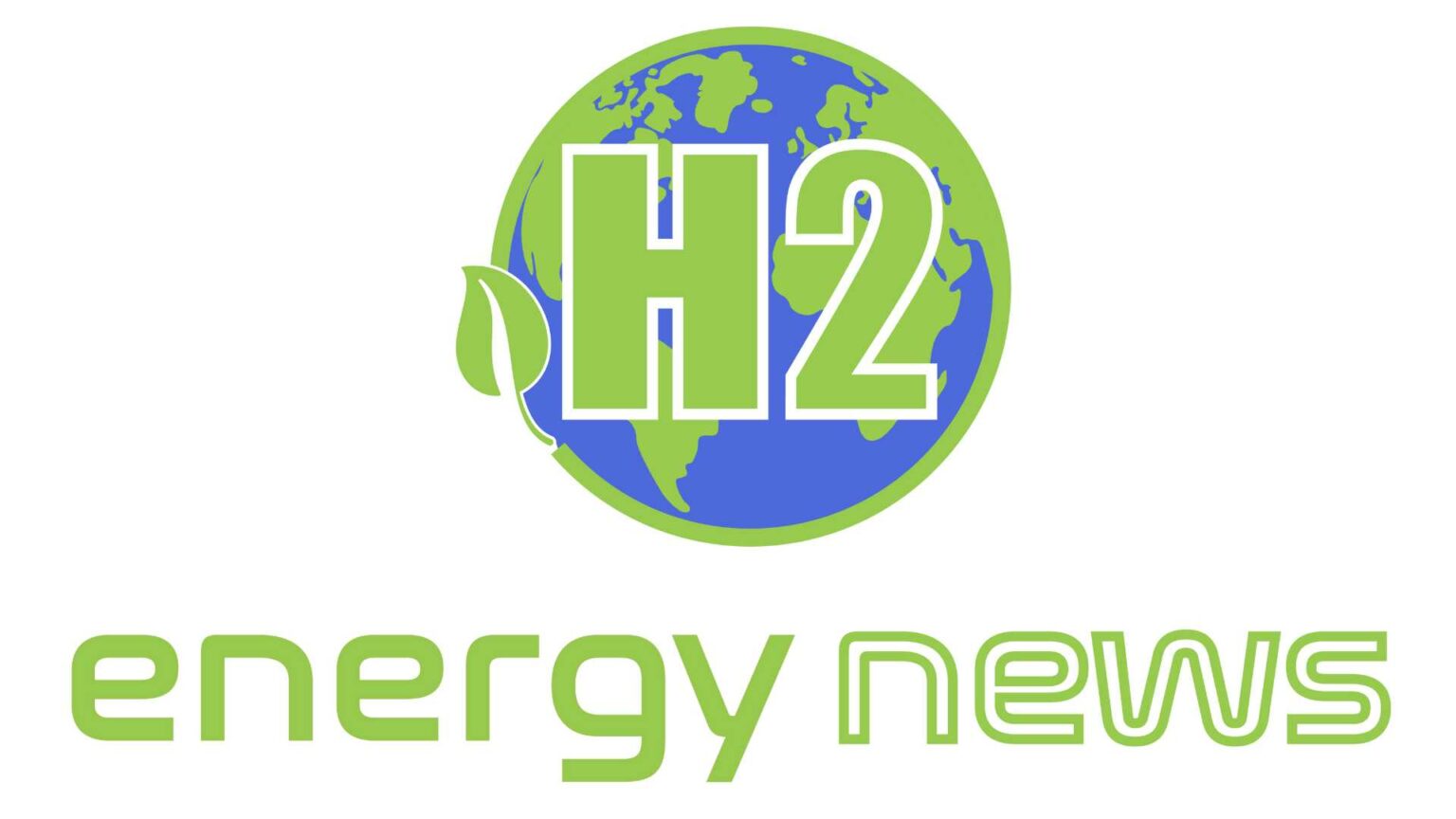The pursuit of green hydrogen as a clean and sustainable energy source has been propelled to the forefront of the global energy transition. At the heart of this endeavor lies a fundamental process: water splitting, where water is transformed into oxygen and hydrogen through electrolysis.
This technique hinges on electrocatalysts, which play a pivotal role in accelerating the chemical reaction rate. These catalysts are pivotal for the efficiency and lifespan of electrolyzers, as they account for a significant portion of the overall cost. Ensuring their longevity and performance is thus paramount for the future viability of green hydrogen and the realization of a carbon-free economy.
A team of dedicated researchers, led by the Max Planck Institute for Iron Research (MPIE), has embarked on a groundbreaking exploration into the mysteries surrounding electrocatalytic degradation, shedding light on why these catalysts often fall short of their expected lifespans. Their findings, recently published in the esteemed journal ACS Energy Letters, reveal a hidden culprit: the very hydrogen produced during electrolysis.
Unraveling the Mysteries of Electrocatalytic Degradation
Traditionally, the quest for better catalysts has focused on enhancing their performance without delving into the atomic-level intricacies. However, the MPIE team chose a different route, leading to astonishing revelations. Through meticulous examination, they uncovered that impurities are introduced during the catalyst synthesis process, which can inadvertently influence catalytic performance. A particularly surprising discovery was the role of boron impurities, which were found to expand the lattice structure of the catalyst, ultimately enhancing its performance.
Yet, the plot thickens. The researchers observed a concerning trend: catalytic activity declined after a certain threshold of hydrogen production. Intrigued by this phenomenon, they embarked on a mission to decipher its cause and find solutions to sustain catalyst performance.
Hydrogen’s Duality: Catalyst’s Savior and Nemesis
Employing cutting-edge techniques like atomic probe tomography and simulations based on density functional theory, the researchers unraveled the enigma. They found that as hydrogen accumulated on the catalyst’s surface, it gradually eroded the lattice structure’s boron content. This interaction was identified as the primary driver of catalytic degradation, as the diminishing concentration of boron dopants led to decreased performance.
A Path Forward: Safeguarding Catalytic Dopants
In the words of Prof. Se-Ho Kim, co-author of the publication and an assistant professor at the University of Korea, “Our results show that it is not sufficient to increase catalytic activity with boron as a dopant. We need to find solutions to protect the boron within the lattice structure of the catalyst from the hydrogen produced on the surface of the catalyst.”
This pivotal research was made possible through funding from the European Research Council as part of the Shine project led by Prof. Baptiste Gault, the corresponding author of the study and head of the “Atom Probe Tomography” group at MPIE. It marks a significant stride in comprehending the intricacies of green hydrogen production. Furthermore, it paves the way for innovative strategies that can safeguard catalytic dopants, ensuring the long-term efficiency and cost-effectiveness of green hydrogen production, ultimately propelling us toward a more sustainable energy future.





